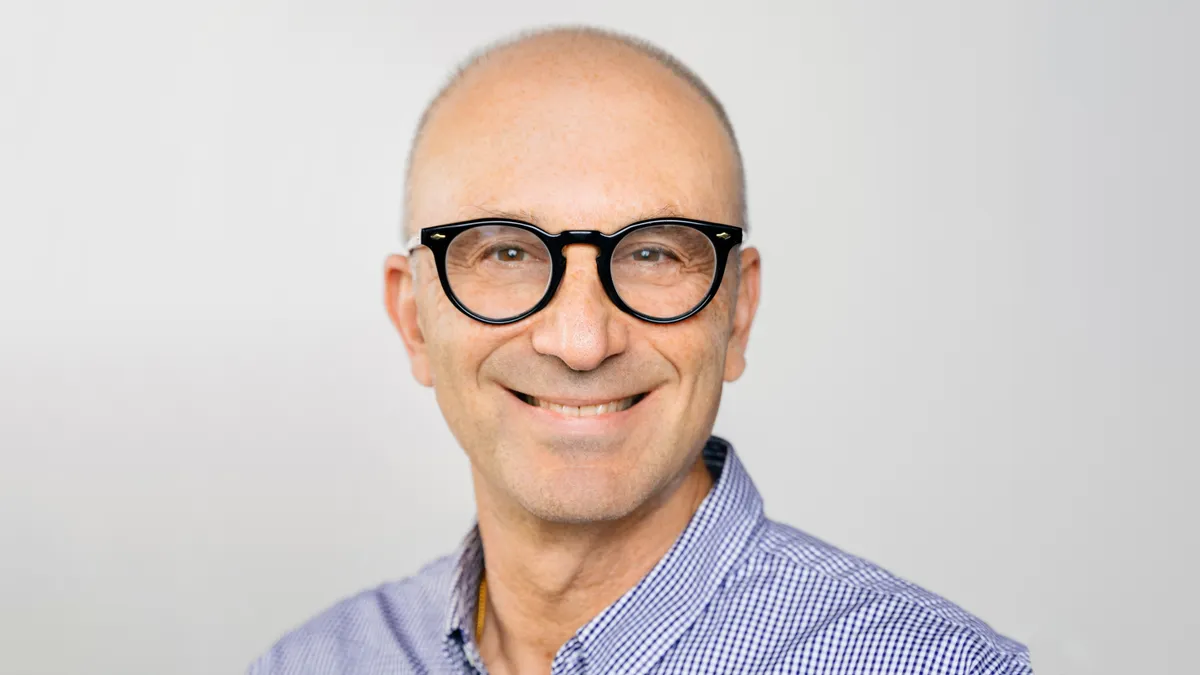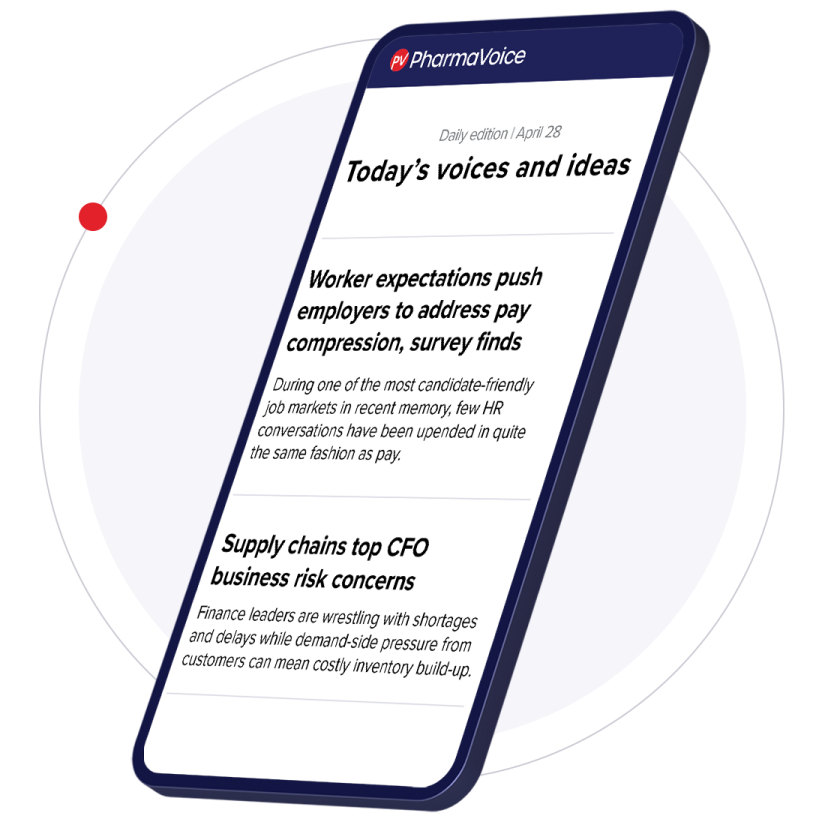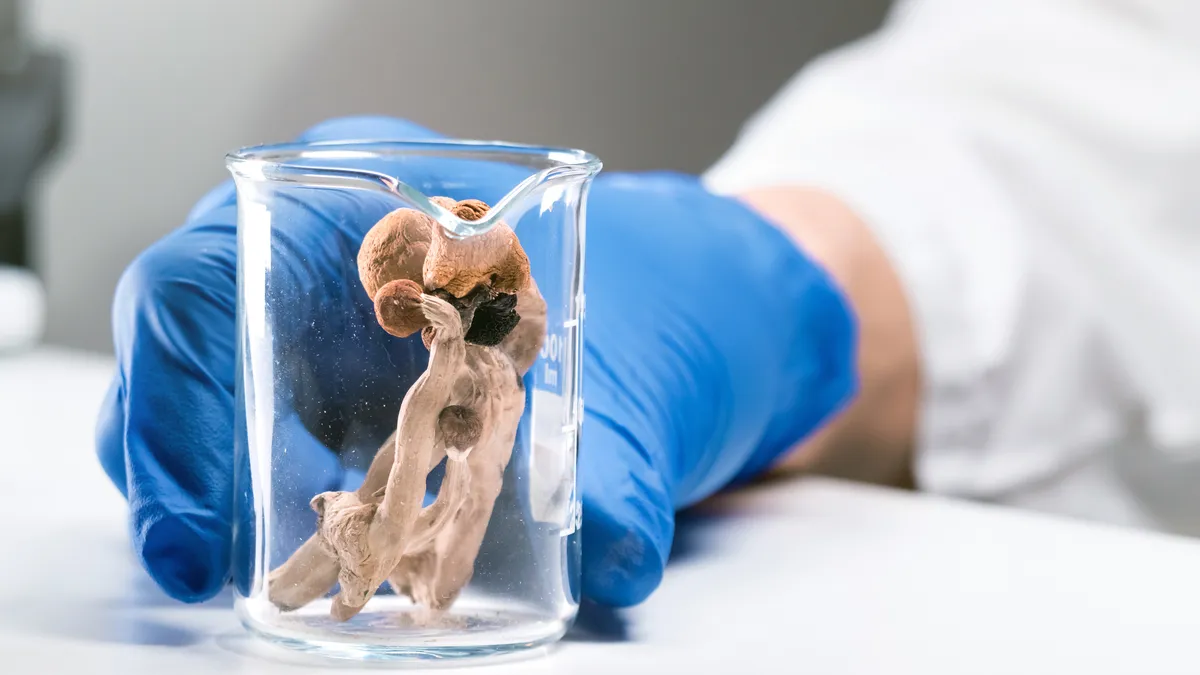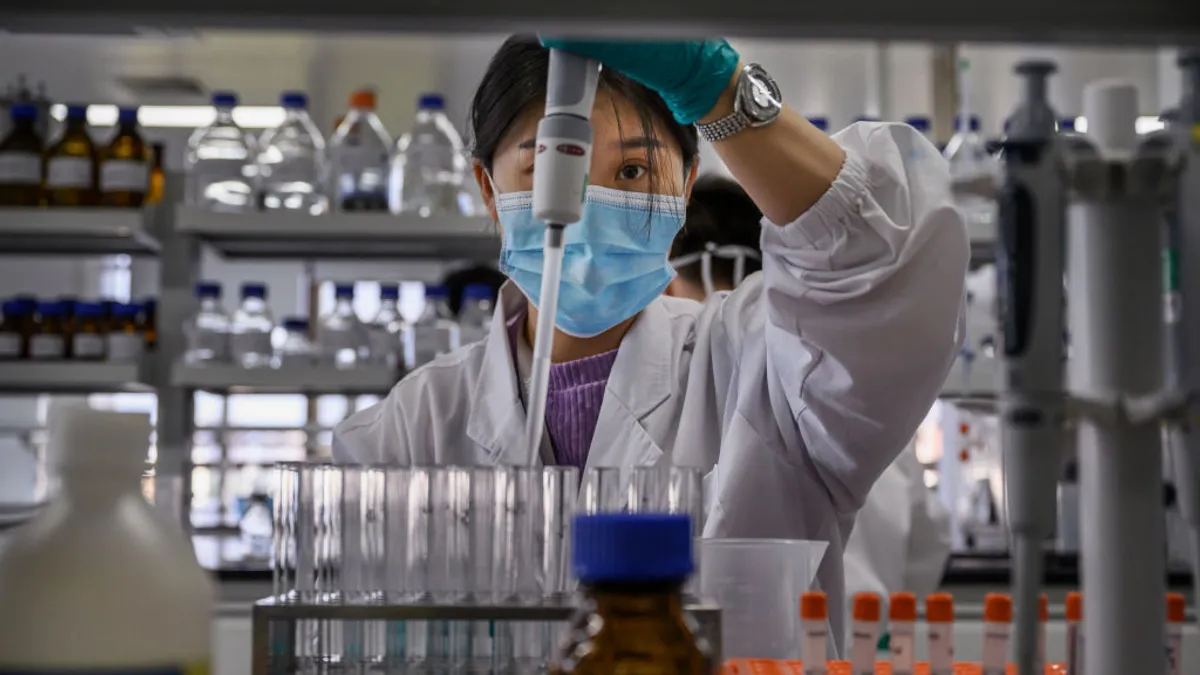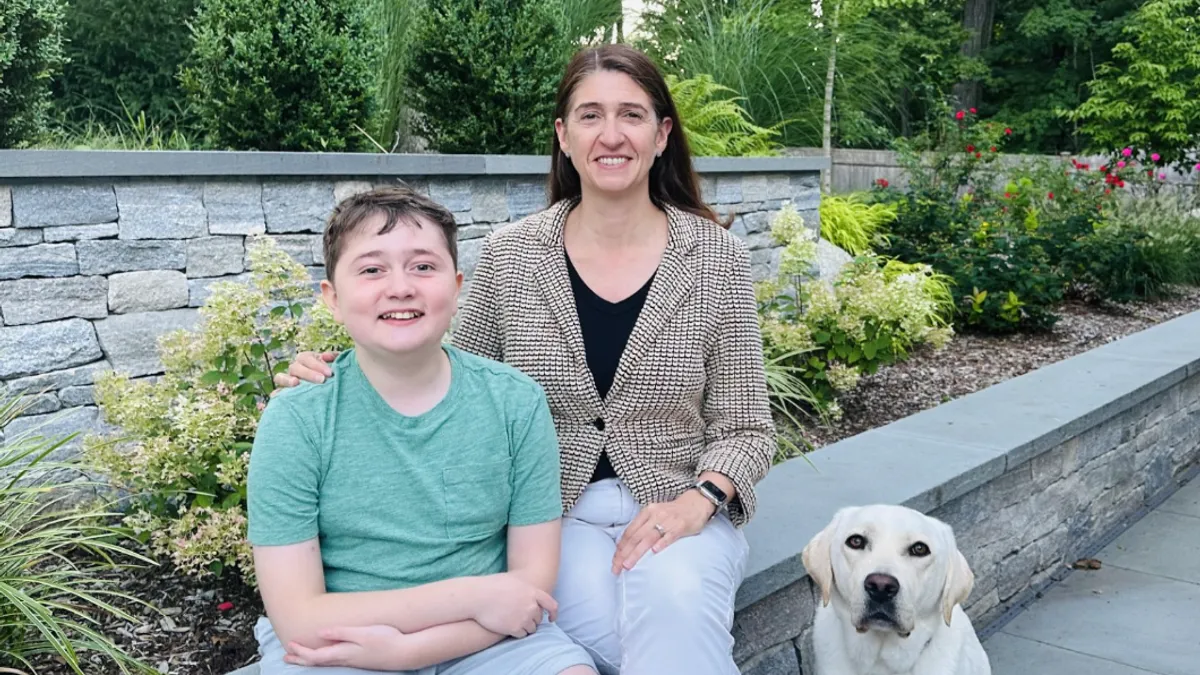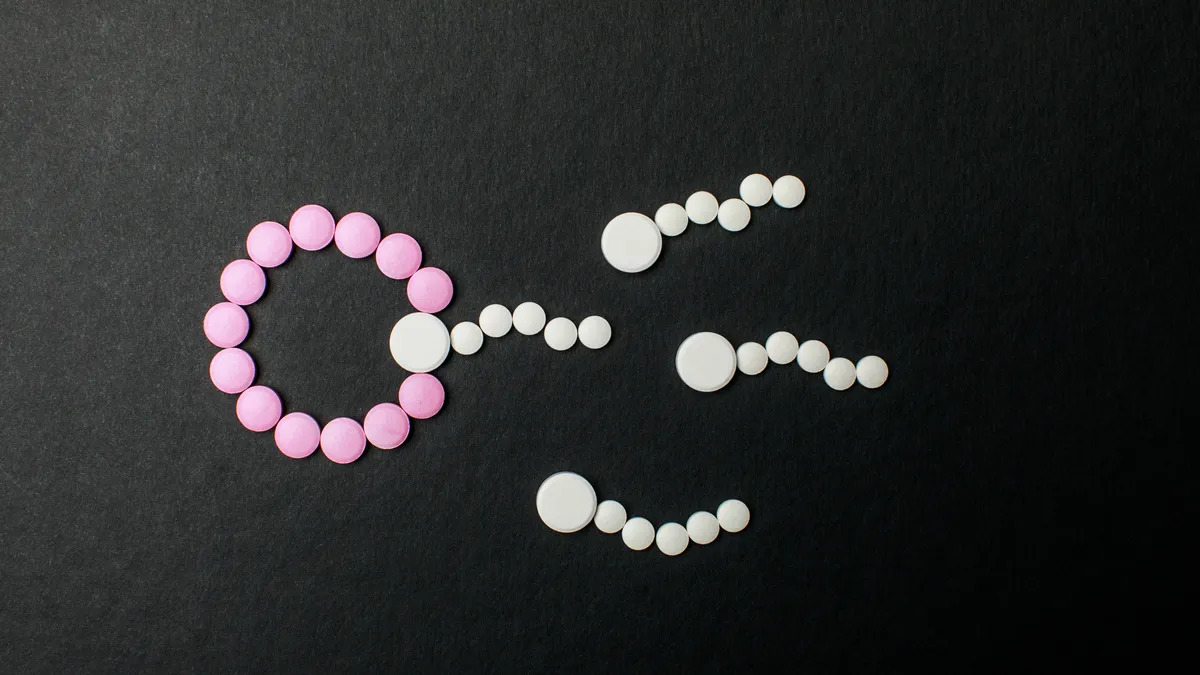The fundamentals of leadership haven’t changed much in the more than three decades Dr. Mikael Dolsten has been a prominent figure in the pharma industry, most recently as chief scientific officer and president of R&D at Pfizer.
But the world is changing rapidly, driven in part by technological advances like AI and the proliferation of data-driven approaches. Leaders can react to those changes either with their heads in the sand or their eyes wide open, said Dolsten, who capped his career with a record-breaking vaccine approval during the COVID-19 pandemic before stepping down from the Pfizer role last year.
“On a personal level, leadership is quite similar to what it’s always been,” Dolsten said. “It’s just become technically more complex — but curiosity is the real key.”
Technology has been a major driver not just of industry breakthroughs but of the slower tectonic forces underneath those advances. To understand how the currents are flowing, a leader needs to be inherently curious, Dolsten said.
“I’ve been fascinated with how much technology plays a role as a constant driver of change at an incremental innovation level,” Dolsten said. “The convergence of technology, data-driven biomedicine and curiosity on a personal level has made these three decades so amazing for me, and I hope the next two to three decades will continue to be the same thrill.”
In his post-Pfizer career, Dolsten has embarked on several paths that sate his curiosity within the wider world of biopharma, taking board seats at smaller companies that he believes can shape the future of the industry.
Last month, Dolsten joined the board of Immunai, an AI drug discovery and development company “mapping” the immune system to find new treatments for a range of diseases. The move underscores the direction he sees the industry heading in terms of technological advances, and how he believes leaders should relish the changes.
Ostriches and chameleons
When adopting new technologies or discoveries, R&D leaders can be “the bird that puts his head in the sand and doesn’t see what’s happening around it,” or they can take it all in with eyes on a swivel, “reacting constantly with a 360-degree view,” Dolsten said.
The savviest leaders will understand that a tech-friendly approach requires co-existence between humans and AI, Dolsten said.
“You have human intelligence and you have artificial intelligence, and you need to be aware of how to manage risk and biases in both,” Dolsten said. “Putting human and artificial intelligence next to one another can play such a tremendous role for pharmaceutical companies in overcoming biases or limitations in how we look at the world.”
In exploring that dynamic, Dolsten looks to his mentor and colleague Daniel Kahneman, a Nobel Prize-winning behavioral economist, who told him that “a life where you wouldn’t be able to see the color of reality in its sharpest nuances isn’t a life worth living.”
Kahneman, who died last year at the age of 90, taught Dolsten that biases in human intelligence can in fact be mastered through informed decision making. AI, when used the right way, can augment that process, Dolsten said.
The takeaway? Knowledge is the lifeblood of drug development, and advances in computing power offer it in droves.
“Whether it’s large-language models or sequencing DNA … as [long as] you’re well aware of your model, I would say artificial intelligence that analyzes large data sets is less biased than human intelligence,” Dolsten said. “That’s why I’m so fascinated when companies collaborate with Immunai and bring to the table different types of insight.”
The Immunai team, led by CEO Noam Solomon, leverages a tech and AI perspective to start speaking “the language of the future, how biology and medicine should be spoken and looked upon,” Dolsten said.
“Putting human and artificial intelligence next to one another can play such a tremendous role for pharmaceutical companies in overcoming biases or limitations in how we look at the world.”

Mikael Dolsten
Former chief scientific officer, Pfizer
Immunai’s platform, which includes an atlas of immune cells and a development-focused immunodynamics engine, can help solve some of the challenges faced by drugmakers like AstraZeneca and Teva Pharmaceuticals, both of which have signed multi-year collaboration agreements with the company. While the pipeline is still under wraps, the companies are investigating opportunities in oncology and immunology.
The goal, Dolsten said, is to “roll up our sleeves and define the questions that therapeutic-oriented companies need to have answered.”
Personal ecosystem
With any new, wide-ranging technology like AI comes the inevitable hype, and Dolsten said it’s critical that leaders do their homework. Putting those two letters ahead of a business proposal doesn’t necessarily give it value, he said.
“My homework always starts, whether I’m filling a board seat or overseeing a partnership, with asking for references of what they’ve done recently in the area, some real case reports,” Dolsten said.
More than anything, Dolsten said it’s important for biopharma leaders to ask questions rather than assume they have the answers, especially at a time of technological upheaval.
“I encourage people to take a step back and look at the questions that will be dominant over the next five years — you don’t need to continue with the tools or teams that make you feel comfortable,” Dolsten said. “Getting out of your comfort zone is helpful, so I welcome change, and I think it’s necessary that we have the openness and willingness to find new ways to work together.”
Dolsten’s series of board appointments since stepping down from Pfizer point to what he sees as the next wave of biopharma innovation. The former exec currently has a seat on the boards of gene therapy specialist Rocket Pharmaceuticals and oral biologics maker Orbis Medicines, and holds advisory roles that include the protein structure AI company Chai Discovery. He said more announcements will be made this year.
These steps are a way for Dolsten to explore his scientific curiosity and build a network that bridges the industry’s past and its future.
“My ambition here is to create a personal ecosystem, and I think my contribution is much larger in each of the companies because of the connectivity I bring,” Dolsten said. “I hope I can connect companies that are making breakthroughs in one area, but allow them to seamlessly communicate with tools that can be adjusted and used across different areas.”
Part of what drives this push into future technologies was the frustration Dolsten encountered in the drug development process at companies like Pfizer.
“The awareness of what it takes to make a product that brings value to patients and is also commercially successful was a continuous challenge — with some great successes and some setbacks — in my work with Pfizer,” Dolsten said. “It’s a complex playing field from launching a drug and allowing the innovation to be recognized and rewarded.”
Although Dolsten is diversifying his post-Pfizer career, he looks at AI as the great connector.
“I hope that Immunai becomes a central node for me as they try to decode the language and the letter of diseases and help this overall ecosystem be better at using that language in communication that leads to products,” Dolsten said. “The crown jewel of my career was my time at Pfizer, but I’m very curious about this next chapter and playing a role in a different way.”



